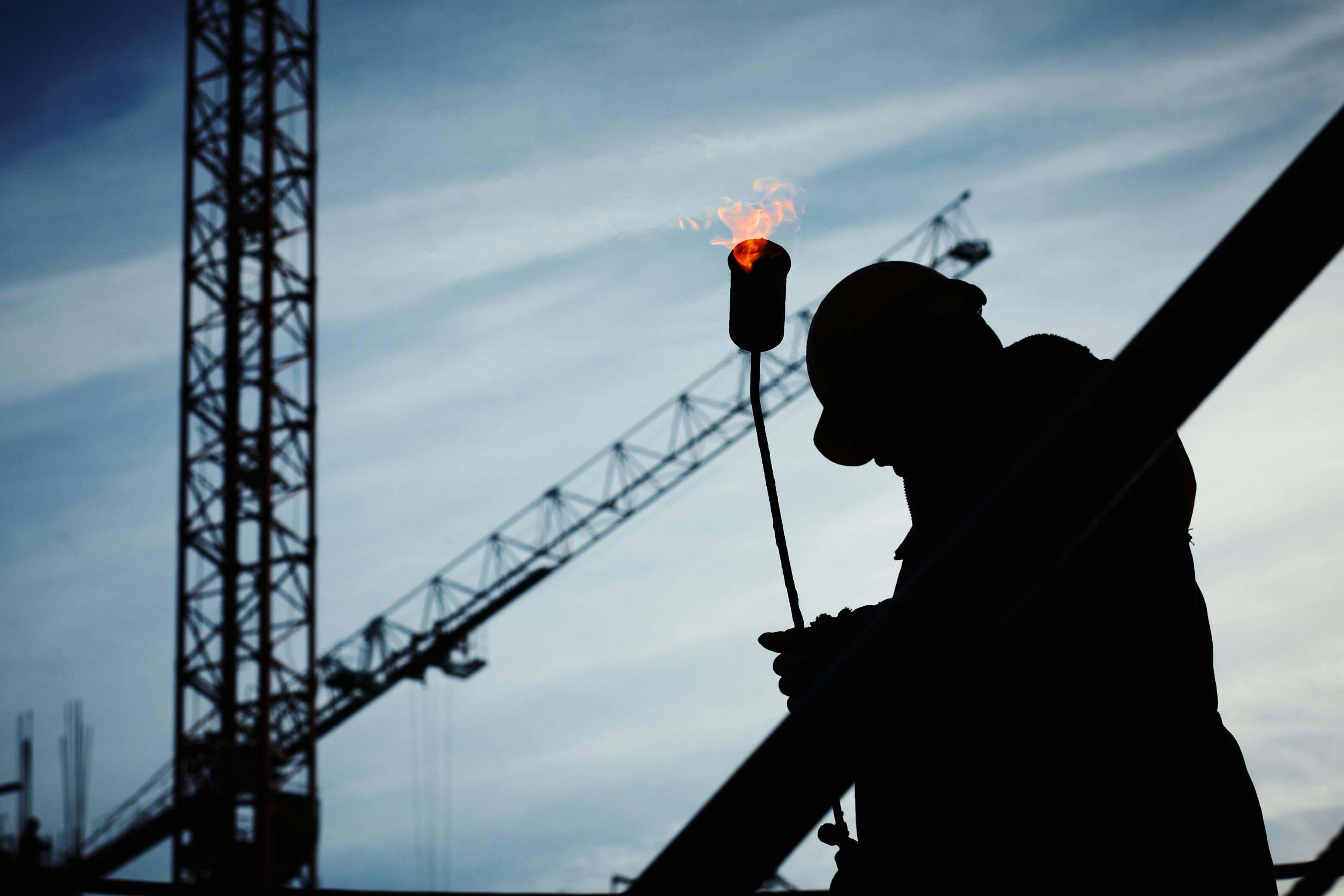Staying Warm and Safe on the Job: How Heated Clothing Transforms Winter Construction Work
Working on a construction site in the middle of winter isn’t just tough — it can be physically exhausting, mentally draining, and potentially dangerous. Long hours in freezing temperatures affect not only comfort but also safety, productivity, and long-term health.
This is where heated clothing for construction workers comes in. Unlike traditional bulky layers that restrict movement, modern USB-heated vests, jackets, base layers, and socks offer targeted warmth while allowing you to stay mobile and efficient.
The Harsh Reality of Winter Construction Work
Construction work in the cold isn’t just a minor inconvenience — it’s a daily battle against the elements.
-
Low temperatures slow down muscle function and reaction time.
-
Cold winds draw heat from the body faster, making it harder to stay warm.
-
Ice and snow create slippery, hazardous work conditions.
-
Heavy gear adds weight and reduces flexibility, making work more tiring.
Even the best-insulated coats and work boots eventually lose effectiveness when the cold is constant.
How Heated Clothing Works for Construction Environments
Modern heated apparel for construction uses lightweight carbon fiber heating elements powered by rechargeable USB battery packs. The heat is distributed to key areas like the chest, back, and core to regulate body temperature without overheating.
Some heated workwear also offers three temperature settings, so you can adjust based on conditions — for example:
-
Low heat for mild cold or when you’re constantly moving.
-
Medium heat for moderate winter days.
-
High heat for freezing mornings or when working in still, icy air.
Why It’s Better Than Traditional Layering
Traditional cold-weather layering often means:
-
Bulky jackets that limit your range of motion.
-
Too much sweating during heavy activity, which then chills you when you stop moving.
-
Frequent outfit changes when the weather shifts throughout the day.
Heated work clothing solves these problems by providing direct warmth to the body’s core without excessive bulk. That means less layering, less sweat buildup, and better overall comfort.
Best Heated Clothing Options for Construction Workers
When it comes to heated clothing for construction, not all gear is created equal. Here’s what works best:
1. Heated Vests
Perfect for wearing under a hi-vis safety jacket or coat. They keep your core warm without adding arm bulk, so you can easily lift, carry, and operate tools.
Perfect for frigid job sites where standing on cold concrete, steel, or frozen ground all day can drain your body heat. USB heated boots keep your feet warm from the toes up, helping maintain overall body warmth and preventing stiffness or numbness. Look for durable, waterproof materials and slip-resistant soles for maximum safety in wet or icy conditions.
3. Heated Base Layers
Long-sleeve thermal shirts with built-in heating panels provide warmth right against your skin while allowing you to wear your usual work jacket on top.
4. Heated Socks
Cold feet can ruin your whole day. Heated socks help maintain circulation and comfort, especially during long hours standing on cold concrete or steel.
Safety Benefits of Heated Workwear
This isn’t just about comfort — staying warm is a safety issue in construction.
-
Improved reaction time – Your hands and muscles work better when they’re not stiff from the cold.
-
Reduced risk of hypothermia and frostbite – Especially in early morning starts or night shifts.
-
Better focus – The brain works more efficiently when your body is at a comfortable temperature.
Tips for Using Heated Clothing on the Job
-
Use a reliable battery pack – Keep a spare charged battery on hand for long shifts.
-
Layer smart – Wear a moisture-wicking base layer under heated gear to avoid sweat buildup.
-
Follow safety regulations – Heated apparel should never interfere with PPE requirements like hi-vis vests or safety harnesses.
-
Check durability – Choose gear made from tough, tear-resistant fabrics suitable for rugged environments.
The Bottom Line
For construction workers facing the worst of winter, heated clothing is more than a luxury — it’s a practical tool that boosts safety, comfort, and productivity. With the right heated vest, jacket, base layer, or socks, you can work more efficiently and focus on the job instead of the cold.
If your worksite constantly battles low temperatures, it might be time to upgrade your gear and see firsthand how heated clothing changes the winter work experience.
Related Reading: Why Heated Apparel is the Secret Weapon for Night Shift Workers — Many of these tips can be adapted for construction site breaks or indoor workshop areas.



